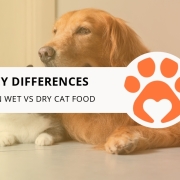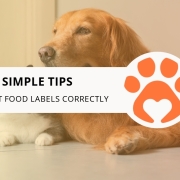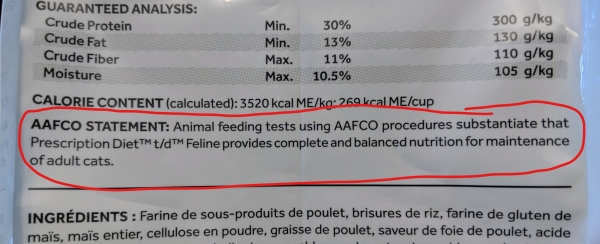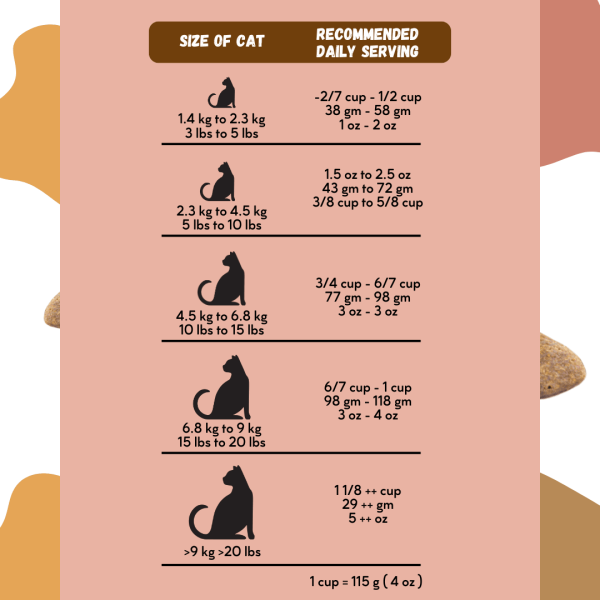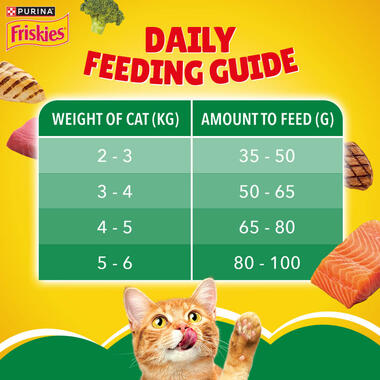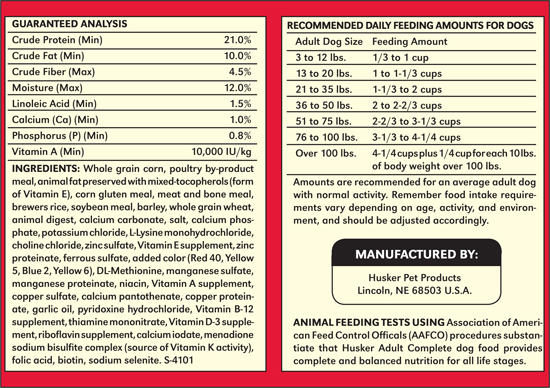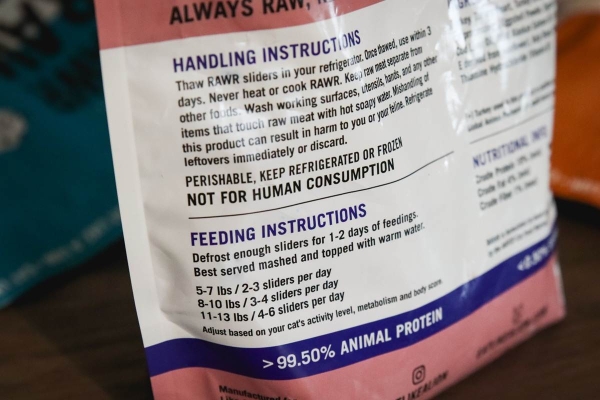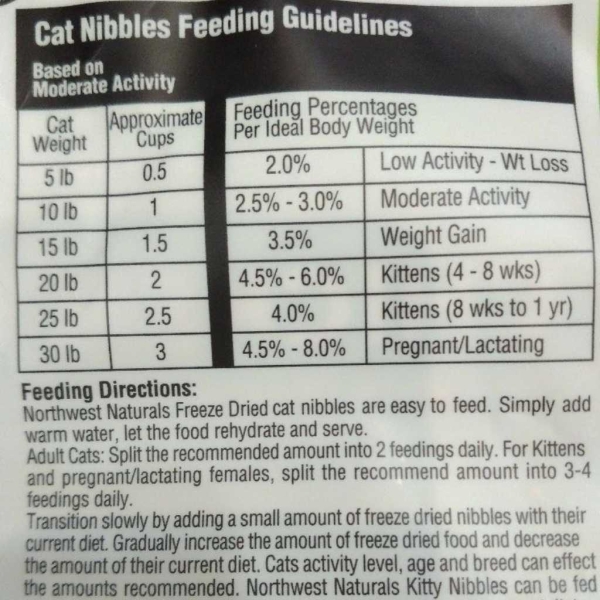Trying to decide between wet vs dry cat food? You’re definitely not alone. Cat owners everywhere debate this daily—some swear by crunchy kibbles, others stockpile cans like they’re prepping for the feline apocalypse. But what actually matters when choosing between the two?
Your cat’s health, hydration, dental needs, and even picky preferences all play a role. And let’s be honest—one cat’s gourmet delight is another’s table-flipping disaster. That’s why understanding the real differences beyond the marketing claims is key.
In this post, we’ll break down 10 clear and practical differences between wet and dry cat food. From moisture content and nutrition profiles to convenience and cost, you’ll get bite-sized insights (pun intended) that’ll help you decide what’s best for your furry companion—and your sanity.
1. Moisture Content

When it comes to wet vs dry cat food, one of the most obvious contrasts is moisture. Wet food for cats contains about 70–80% water. That’s a major plus, especially if your kitty turns up her nose at the water bowl.
The high water content keeps your cat hydrated, which in turn gives their urinary system a helpful nudge in the right direction. It’s a game changer for felines prone to urinary tract problems or those living in dry climates.
Even better—wet food mimics the natural moisture levels found in prey. So, for cats with wild instincts (read: all of them), it just feels right.
Dry cat food, on the other hand, only contains about 10% moisture. That’s not ideal for hydration, especially for indoor cats who don’t hunt or get enough water from other sources.
So, if hydration is a challenge, switching to cat food (wet) might be the simplest fix.
2. Caloric Density

Here’s where things get sneaky. In the wet vs dry cat food debate, dry food wins the calorie game—often to a fault. It’s significantly more calorie-dense.
Translation? A tiny handful of dry kibble may hold more calories than an entire plate of wet food for cats. Not ideal if your feline’s trying to shed a bit of fluff.
That’s why portion control becomes critical with dry cat food. It’s deceptively efficient, which can lead to accidental overfeeding and creeping weight gain.
For those monitoring feline waistlines or managing health conditions like diabetes, calorie awareness makes all the difference. Wet food, while less dense, helps cats feel full with fewer calories—plus it gets bonus points for hydration.
3. Dental Health Support
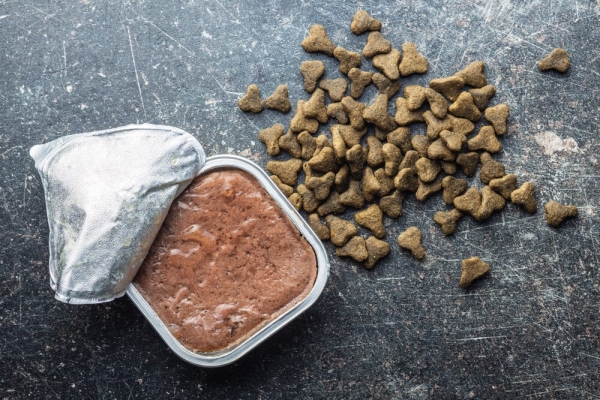
When it comes to dental care, texture matters. In the wet vs dry cat food comparison, dry kibble may slightly tip the scale for oral benefits. Why? Its crunchy structure works like a toothbrush, gently scraping plaque off as your feline chews. Not a miracle cure, but a quiet helper. Wet food for cats, on the other hand, offers hydration but lacks the abrasive texture. So, if your kitty’s breath could knock out a rhino—or you’re simply trying to prevent tartar buildup—dry cat food (wet it sometimes!) might be the smarter pick. It’s best suited for cats needing low-effort dental care support. Plus, many dry foods like Purina’s dental health formulas are budget-friendly and widely available. Variety counts, but here, crunch might be king.
4. Palatability

One of the major differences in the wet vs dry cat food debate is flavor appeal. Wet food for cats tends to be more enticing, thanks to its stronger aroma and soft texture. It basically smells like a five-star meal to your feline.
Dry kibble? Not so much. It’s crunchy and convenient, but often lacks that mouthwatering scent cats crave. That’s why many picky eaters turn their noses up at it.
Got a stubborn eater? Warming up the cat food (wet) just a little can dramatically boost flavor and smell. It’s like microwaving a leftover pizza slice—it just hits different.
So, if your furball is ignoring dinner, this could be your game-changer.
5. Convenience and Storage
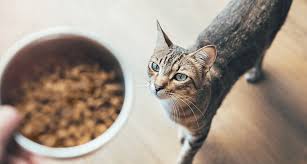
When it comes to wet vs dry cat food, life gets a lot simpler with dry food. It’s a real win for time-crunched pet parents and works great for cats that prefer to snack here and there all day long.
Unlike wet cat food, which spoils within hours, dry cat food can sit out all day without going bad. That means no smell, no mess, and zero stress. This alone makes it a go-to for anyone who free-feeds—or just, honestly, forgets to pick up the bowl on time.
Storage is another win. Dry food can be housed in a container for weeks, no fridge required. That’s not just convenient—it’s budget-friendly, too. Brands like Purina and Hill’s Science Diet offer large, resealable bags starting around $15.
So, if you want less fuss and more flexibility? Dry food is where it’s at.
6. Cost Effectiveness

One big factor in the wet vs dry cat food debate? Your wallet. Dry kibble generally wins here. Per serving, it’s usually cheaper—and that adds up fast in multi-cat homes. Plus, one bag lasts far longer than a stack of canned food. Most dry cat food also stores better, so you waste less. While wet cat food can offer hydration benefits, it’s often pricier and adds more to your grocery list. Budget-conscious pet parents? Dry food might be your go-to. Still, weigh the cost against your cat’s needs. Because, yes, even cats expect five-star service on a budget.
7. Meal Timing
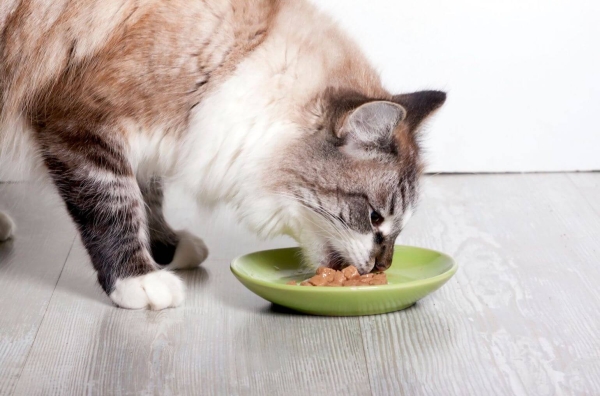
Timing plays a big role in the wet vs dry cat food debate. Simply put, wet food has a short shelf life once served. This means it needs to be eaten quickly—ideally within 20–30 minutes.
This “now or never” setup encourages cats to stick to regular mealtimes. It’s especially helpful if your cat needs portion control or is on a strict feeding schedule. No more all-day snacking!
On the other paw, dry food can lounge in the bowl for hours (or days). Convenient? Sure. But it doesn’t help cats who overeat or forget they’re… well, cats, not grazers.
Wet food for cats naturally supports a more structured eating routine, helping reduce food waste and bloated bellies.
8. Protein Quality
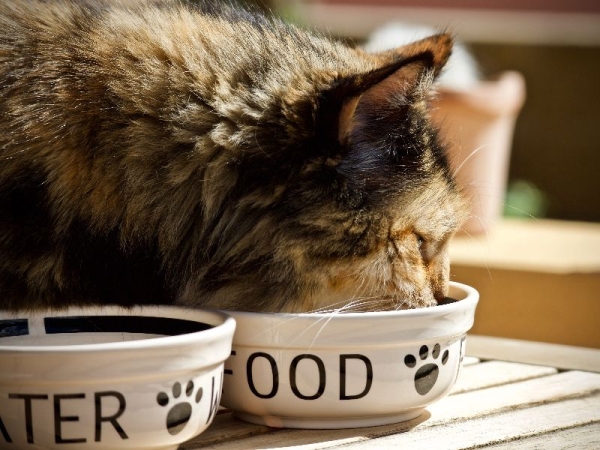
When it comes to wet vs dry cat food, protein quality plays a huge role—especially for cats with dietary sensitivities. Wet food for cats usually starts strong with real animal protein, not meal or mystery meat.
This matters. Cats are obligate carnivores—so their bodies are built to flourish on diets rich in animal-based protein. Wet cat food often contains fewer fillers and more digestible protein sources, making it ideal for finicky stomachs or cats needing higher nutritional absorption.
Here’s a tip: Flip the label. Is real meat, like chicken or turkey, the first ingredient? If yes, you’re in safe territory. From a pricing perspective, high-protein wet food might cost a bit more—but the health payoff can’t be overstated.
Bottom line? Better protein, better purrformance.
9. Shelf Stability

One of the most noticeable differences in the wet vs dry cat food debate is shelf life. Dry food stays fresh much longer. You can open a bag today and serve it two months later with zero complaints from your feline overlord.
Unlike wet cat food, which spoils quickly once opened, dry kibble just needs an airtight container. That helps preserve flavor and crunch. Bonus: you won’t encounter that “day-old meat soup” smell lingering in your kitchen.
This makes dry food a no-brainer for emergency kits, travel, or when you’re not home to dish out gourmet wet food for cats every day. It’s convenient, simple, and less wasteful. Ideal for busy pet parents or cats who graze on their own schedule.
10. Transition Flexibility

Flexibility is key when navigating the wet vs dry cat food debate. Some cats love variety. Others? They’re stubborn like royalty. That’s where transitioning helps—combining wet and dry cat food offers the best of both worlds.
Start with a 25% wet to 75% dry food mix. Then slowly shift proportions over several days. This approach reduces stomach upsets and helps cats adjust to new textures and flavors. Bonus: wet cat food brings hydration, while dry food offers dental crunch and convenience.
Perfect for pet parents who crave balance. Whether you’re looking to boost water intake with wet food for cats or simply want to test what your furball prefers, you’ll love how adaptable this method is.
And guess what? No brand loyalty required—mix and match as needed. It’s all about trial, error, and a splash of patience.
Wet Cat Food FAQs
How long does it take for cats to get used to wet food?
Some cats dive right into wet food like it’s the best thing they’ve ever smelled. Others? Not so much. Transitioning can take anywhere from a few days to a couple of weeks. Begin by blending a bit of wet food into their regular dry kibble to ease them into the change. Gradually increase the wet portion over time. Be patient—cats are creatures of habit. If they’re hesitant, warming the wet food slightly can make it more aromatic and enticing. Texture change can also matter, so if one type isn’t working, try pâté, chunks in gravy, or shredded styles.
When should I switch my adult cat to wet food?
There’s no universal rule, but a lot of adult cats do well with wet food since the extra moisture helps keep them hydrated and supports their urinary tract. Consider switching if your cat is having trouble maintaining weight, isn’t drinking enough water, or needs dietary adjustments for health reasons. If they’ve been on dry food all their life, ease the transition with gradual mixing. As always, a quick chat with your vet helps pinpoint the best timing and approach.
Can I just stop giving my cat wet food?
Technically, yes. But hold that thought. If your cat is eating wet food regularly, abruptly removing it can cause stress or upset their digestion. It’s better to wean them off slowly. Also, keep in mind: wet food provides essential hydration, especially valuable if your cat doesn’t drink much water. If you’re switching solely for cost or convenience, consider a middle ground—like mixing wet food with dry or offering it once a day instead of every meal.
Can cats live on dry food only?
Yes, they can. But should they? That’s debatable. Dry food can meet all nutritional requirements if it’s high quality and labeled “complete and balanced.” However, it lacks the moisture cats often don’t get from drinking alone. This can lead to dehydration or urinary issues over time. If you choose dry food only, make sure fresh water is always available—and maybe sneak in a wet meal here and there to keep your feline’s health in check.
How to Choose Between Wet vs Dry Cat Food Made Simple
Choosing between wet vs dry cat food doesn’t have to feel like decoding a riddle wrapped in a mystery. Hopefully, breaking down these 10 key differences has helped you see which option better suits your cat—whether they’re a picky eater, a hydration slacker, or a kitty with specific health needs.
Wet food offers moisture, texture, and often a tastier experience. It’s great for cats who need help staying hydrated or struggle with urinary issues. Dry food, meanwhile, tends to be easier on the wallet and super handy—especially for nibblers who prefer to munch on and off all day.
If you’re still unsure, remember: many pet parents (and their cats) find success with a mixed feeding approach. And if you’re considering a switch? Start slow. Gradual transitions—as recommended by vets and countless Reddit threads—make all the difference in keeping both tummy trouble and drama at bay.
So yes, knowing the differences between wet vs dry cat food is the first step toward better meals and a healthier cat. Trust your gut, observe your feline’s cues, and don’t hesitate to tweak their diet when needed. They’ll thank you—with extra purrs and fewer vet visits.
